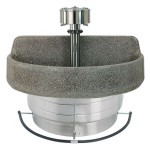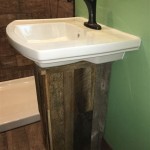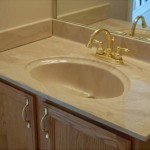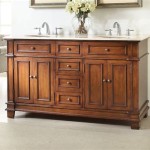How to Find Sewer Gas Smell in Bathroom
A foul sewer gas smell emanating from your bathroom is a common problem that can be unpleasant and even pose health risks. Determining the source of this odor is crucial for addressing the issue effectively. This article will guide you through the process of finding the source of the sewer gas smell in your bathroom, providing practical steps to identify the problem area.
Inspecting the Toilet
The toilet is often the culprit behind sewer gas smells in the bathroom. To inspect the toilet, begin by checking the wax ring. This ring acts as a seal between the toilet and the drain pipe. A cracked or damaged wax ring can allow sewer gas to escape. Look for signs of water leakage around the base of the toilet, which may indicate a problem with the wax ring.
Next, examine the toilet flapper. This rubber flap controls water flow into the bowl. A worn or damaged flapper can cause a constant trickle of water, creating a favorable environment for bacteria growth. If the flapper is not sealing properly, it may allow sewer gas to escape through the overflow tube.
Lastly, inspect the toilet bowl itself. Look for cracks or chips that could be allowing sewer gas to enter the bowl. If you find any damage, consider replacing the toilet altogether.
Examining Plumbing Fixtures
Beyond the toilet, other plumbing fixtures in the bathroom could be sources of the sewer gas smell.
Start by checking the shower drain and bathtub drain. These drains may have dried-out p-traps, which are U-shaped pipes designed to hold water and prevent sewer gas from entering the bathroom. If the water in the p-trap has evaporated, sewer gas can easily travel through the drain. Pour a cup of water into the drain to refill the p-trap.
Also, inspect the drainpipes near the sink and shower. Cracks or leaks in these pipes can allow sewer gas to escape. If you suspect a leak, it's best to call a plumber for professional inspection and repair.
Vent System Check
The vent system plays a crucial role in preventing sewer gas build-up. It allows air to flow into the plumbing system, preventing pressure fluctuations that can lead to sewer gas escaping.
To inspect the vent system, locate the vent pipe on your roof. Make sure that the pipe is clear of obstructions and that the cap is intact. If the vent pipe is blocked or the cap is missing, sewer gas can easily escape.
Also, check the vent stack inside the bathroom. This pipe connects the plumbing system to the vent pipe on the roof. Ensure that the vent stack is properly secured and free from leaks.
Other Considerations
While plumbing issues are the most common sources of sewer gas smells, other factors can contribute to the problem.
Consider checking the air vent for your dryer. If the dryer vent is blocked or improperly installed, it can cause a build-up of moisture and odors. In addition, consider the age of your plumbing. Older pipes may be more prone to leaks and corrosion, which can lead to sewer gas smells.
If the odor is persistent and you are unable to locate the source, it is advisable to call a licensed plumber for professional diagnosis and repair.

Find A Sewer Gas Odor In Bathroom

How To Eliminate Basement Odor And Sewer Smells Family Handyman

Sewer Smell In Your Bathroom Find Out Why Best Plumbing Seattle Area Commercial Residential Plumbers

Sewer Smell In Bathroom Solved Bob Vila

My Bathroom Smells Like A Sewer What Causes That And How Do You Fix It Kitchen Infinity

Finding And Curing Plumbing Odors Fine Homebuilding

Find A Sewer Gas Odor In Bathroom

How To Find Sewer Smell In Your House With A Smoke Test Twin Plumbing

Why Is There A Sewer Odor In My Bathroom Ben Franklin Bay Area

Sewer Smell In The Bathroom Affordable Service Heating Plumbing And Air Conditioning
Related Posts







